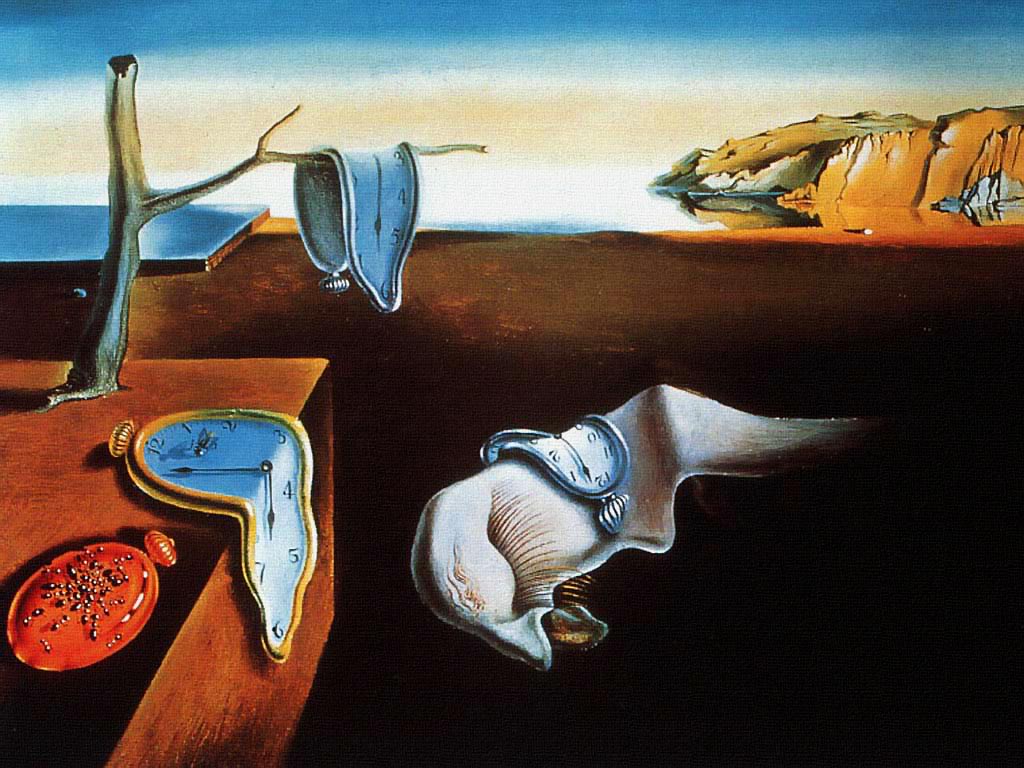My new piece for Motherboard unpacks the recent changes to Twitter’s character limits. In short, the big news is not that the tweets are growing longer, it’s that they are now being treated as data structures, not text strings.
Twitter has always performed text analysis of the tweet content to detect elements and extract them as distinct entities to discrete data fields. Now the separation is fixed and formal: They’re auxiliary data points, not part of the message content, and as such they will need to be specifically interpreted by any program, site, or service that integrates with Twitter. This means that tweets are no longer just text; they are turning into something entirely new.

